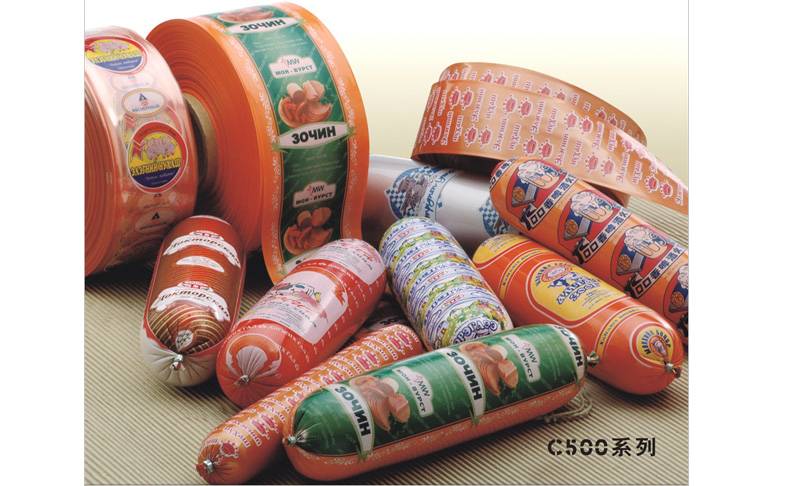Stuffing sausages is a custom from many years ago. It is well known that sausage stuffing requires casings. Many people who make stuffed sausages at home will encounter the situation of handling the sausage casings by themselves. Let's follow Sausage Casing Clips Suppliers to learn how to clean sausage casings and how to make casings at home.
Remove the sticky oil and film from the pork sausage. Grasp one end of the pork small intestine with one hand and stroke the small intestine from end to end with the other hand to remove dirt from the small intestine, then rinse with water. Then use chopsticks upside down and insert them 2-3 cm from the outer end of the pig's small intestine, then brush the whole pig's small intestine onto the chopsticks so that the tips of the chopsticks are exposed so that you can easily place the pig's small intestine into them. The layers are flipped. Flip the pork's small intestine all the way from the inside out. Rub the inverted pork small intestine with cornstarch, raw flour or salt and detergent repeatedly. You can also pour some cooking oil and rinse with water. After washing, rinse with water 2-4 times.

Sausage Casing
How to process Sausage Casings: First wash off the salt particles on the surface with warm water, then soak in warm water for more than 5 hours. The soaked casings are placed on the faucet, and then the inner walls of the casings are rinsed. The purpose of this is to lubricate the inside of the casing and make it easier to pour out when filling.
1. Rinse the small intestine of the pig several times under running water to wash away any dirt and mucus from the surface of the intestine.
2. Use scissors to cut the small intestine every 60 cm.
3. Pinch one end of the small intestine with both hands to keep it open, then pour it into the small intestine with running water to clean and remove the dirt from the small intestine.
4. Pinch the edge of the small intestine opening with both hands, rotate the opening outward, and then pour water into the flipped sandwich.
5. Use the weight of the running water to push the rest of the small intestine toward the center so that when the small intestine is rinsed, the small intestine can be turned out and the inner walls turned outward.
6. Add 3 tablespoons of salt to the turned small intestine and rub until the inner walls of the small intestine are free of dust, then rinse again with running water.
7. Sprinkle 100 grams of flour on the pork small intestine, knead it well to remove the mucus and odor, and rinse it with running water. Then place the small intestine on the tap, turn on the tap to rinse, and repeat steps 4 and 5 to restore the small intestine to its original shape.
8. Again, pinch the opening of the small intestine with both hands and carefully rub to separate the epidermal membrane from the inner layer.
9. Carefully tear off the separated epidermal membrane and remove the white oil membrane and tendons from the small intestine. Take care not to tear the small intestine during the procedure.
10. Finally, rotate the small intestine again to bring the inner wall outward, and then place it flat on a cutting board. Use the edge of a square chopstick to remove the thick membrane from the inner wall of the casing. At this point, a milky white clear film will remain. This is the sausage casing for the stuffed sausage.
1. The ratio of fat to thin meat for sausage making is preferably 3:7. The ratio of fat to thin can be adjusted to your liking, but do not make it too thin. If it is too thin, the sausage will eat more of the wood.
2. Dried sausages can be stored in a cool, ventilated place over the winter. After the weather warms up, you can put the remaining sausages into the freezer of your refrigerator and keep them frozen to prevent spoilage. After the sausages are dry, you can also store them in the refrigerator to prevent them from drying out for a long time.
3. Enema can be done as I said, or you can bring the cured meat and washed casings to a special enema location and ask someone else to do it for you, which saves a lot of trouble.
4. Sausage production is suitable for humid and cool places, such as Sichuan. The climate in the north is too cold outside and too hot inside for sausage making.
5. Sausage casings can be purchased at the free market where pork is sold.
The company also provides Sausage Casing Clips and sausage shears, please feel free to contact us if you need them.